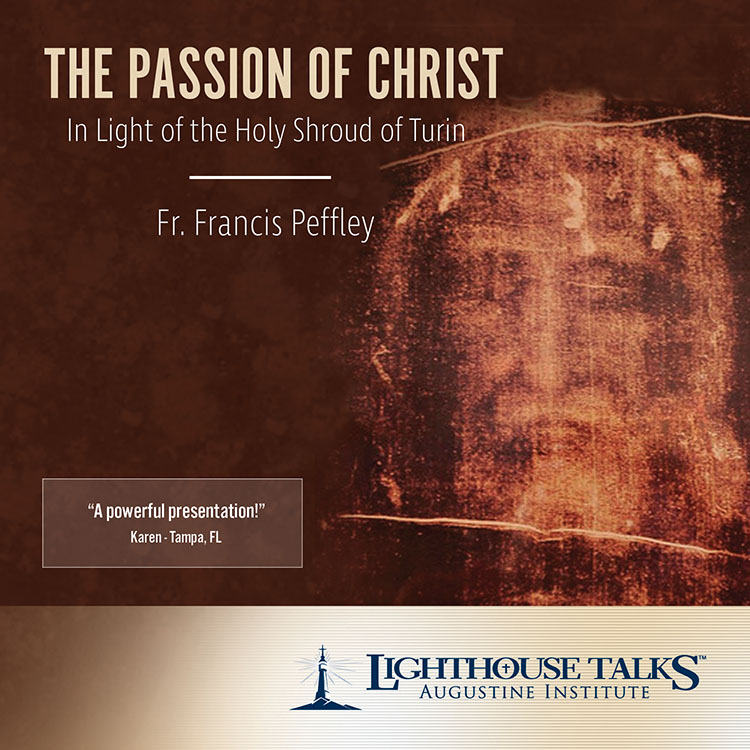The Fifth Gospel, the Shroud of Turin and the Sudarium of Oviedo
The Fifth Gospel, the Shroud of Turin and the Sudarium of Oviedo
The Catholic Church produced and preserved the Scriptures, the Word of God.
The Catholic Church preserved the Traditions passed down by Jesus Christ, the Word of God.

The Catholic Church also preserved the relics which indisputably teach the entire world of the existence and Divinity of Jesus Christ:
The exact way the man was executed closely matches biblical accounts of Yahshua's execution. Among other things, there are 120 lesions, the shape of dumbbells, distributed over the back and running around the front of the body--probably caused by a Roman whip called a flagrum whose thongs were tipped with bits of lead or bone. There is a deep wound on the right side of the body between the ribs which bled profusely (which is what Biblical records indicate happened when a spear was thrust into Yahshua's side). There are thorn-like marks on the victim's head (possibly from a crown of thorns). And the victim's legs were not broken (which is significant both because Roman-style executions ended with their victim's legs being broken and because the New Testament account of Yahshua's death indicates that this was a Roman custom which Yahshua was spared from).
The beard and hair style of the executed man were not common anywhere in the Roman Empire except Palestine. The image has semitic features, including sidelocks and a unplaited ponytail.
The Shroud itself was woven with techniques common to the first century. The Shroud's distinctive weave is so rare that researchers seeking to find a control sample could not find one anywhere in the world.http://www.nazarite.net/proof/shroud-of-turin.html
In summary, Guscin wrote:
There are many points of coincidence between all these points and the Shroud of Turin - the blood group, the way the corpse was tortured and died, and the macroscopic overlay of the stains on each cloth. This is especially notable in that the blood on the Sudarium, shed in life as opposed to postmortem, corresponds exactly in blood group, blood type and surface area to those stains on the Shroud on the nape of the neck. If it is clear that the two cloths must have covered the same corpse, and this conclusion is inevitable from all the studies carried out up to date, and if the history of the Sudarium can be trustworthily extended back beyond the fourteenth century, which is often referred to as the Shroud's first documented historical appearance, then this would take the Shroud back to at least the earliest dates of the Sudarium's known history. The ark of relics and the Sudarium have without any doubt at all been in Spain since the beginning of the seventh century, and the history recorded in various manuscripts from various times and geographical areas take it all the way back to Jerusalem in the first century. The importance of this for Shroud history cannot be overstressed.
http://www.shroudstory.com/faq-sudarium.htm
A very interesting connection between the Shroud of Turin and the Crucifixion lines up perfectly with Catholic Doctrine on the Eucharist:
1993 - Rebecca Jackson's historical research indicates Shroud may have also been the tablecloth used at the Last Supper. She notes that Orthodox Jews get a new tablecloth for Passover to insure the purity of the meal. It is highly likely that Joseph of Arimathea was a member of the Chevrah Kidusha, the official Jewish burial society. He was thus able to demand Yahshua's body from Pilate, but in all likelihood didn't have enough time to secure a new, legal burial cloth before sundown - he would have chosen the tablecloth for the Last Supper, used only once, to bury Yahshua. The Shroud cloth meets all the requirements for a Jewish burial garment (Tachrichim) and is the right size to cover the table for a Passover supper for 13 people.
http://www.nazarite.net/proof/shroud-of-turin.html
Catholic doctrine says:
1367 The sacrifice of Christ and the sacrifice of the Eucharist are one single sacrifice: "The victim is one and the same: the same now offers through the ministry of priests, who then offered himself on the cross; only the manner of offering is different." "And since in this divine sacrifice which is celebrated in the Mass, the same Christ who offered himself once in a bloody manner on the altar of the cross is contained and is offered in an unbloody manner. . . this sacrifice is truly propitiatory."
This is the Sacrifice that was consummated on Calvary. Jesus Christ said, "It is finished (John 19:30)". Because the Sacrifice He had begun in the Upper Room was consummated on the Cross.
Sincerely,
De Maria


No comments:
Post a Comment
Thanks for contributing.